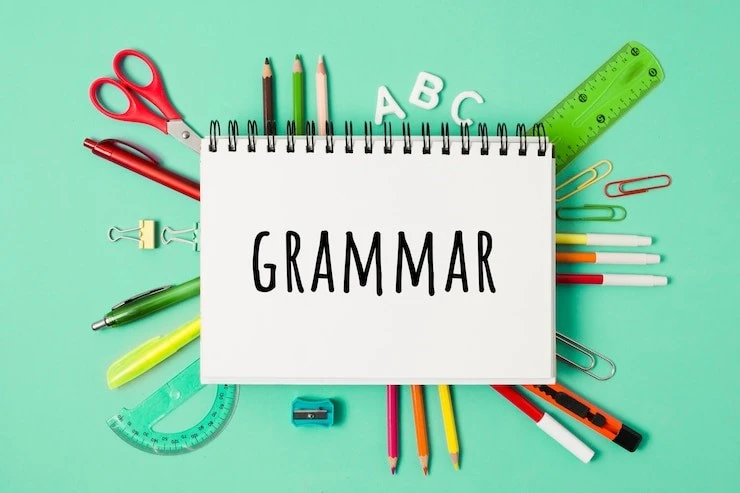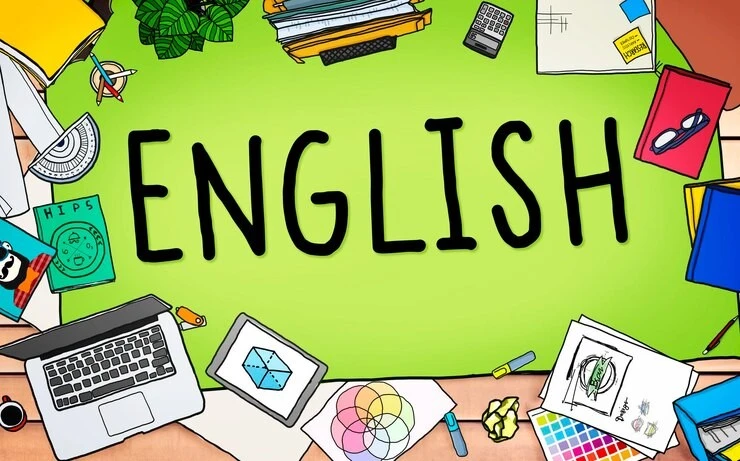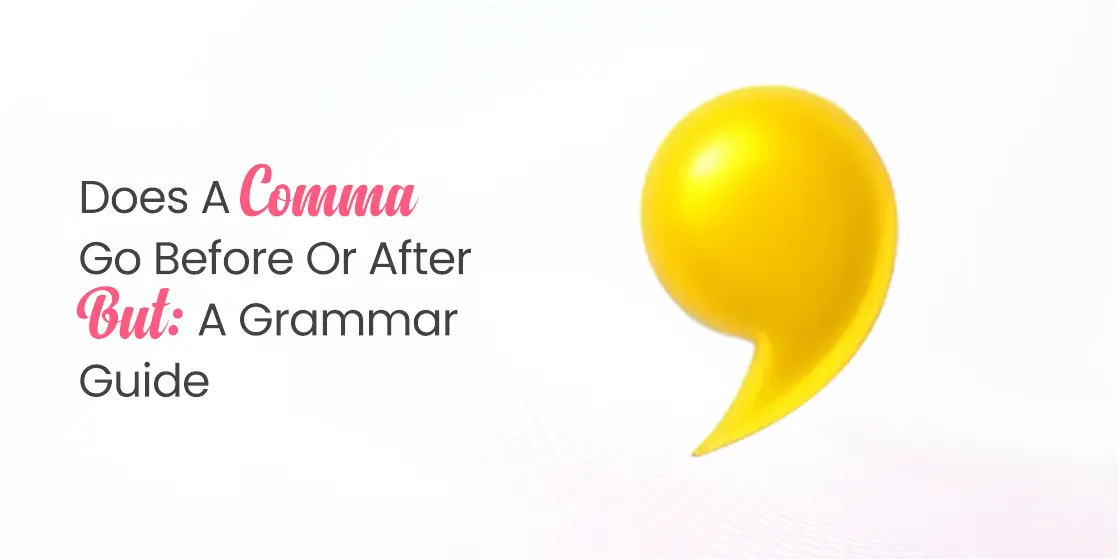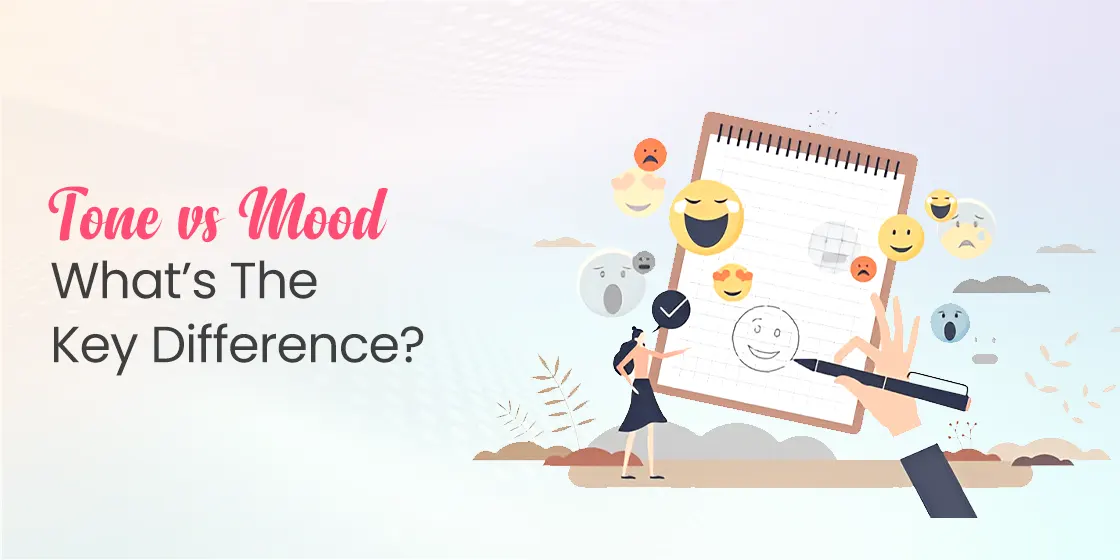Table of Content
Discover the Perfect Placement for a Comma, Whether Before or After But
The question “does a comma go before or after but” ranks among the most frequently asked grammar questions in the English language. Whether you’re writing a professional email, crafting an academic paper, or simply trying to improve your everyday communication, understanding comma placement with “but” is essential for clear, effective writing. This seemingly simple punctuation mark can dramatically change the meaning of your sentences and influence how readers interpret your message.
Many writers struggle with this particular rule because “but” functions as a coordinating conjunction that can appear in various sentence structures, each requiring different comma treatments. The confusion often stems from the fact that comma rules aren’t arbitrary—they follow logical patterns based on sentence structure and meaning. When you understand these underlying patterns, the question of whether a comma goes before or after “but” becomes much clearer.
This comprehensive guide will demystify comma usage with “but” by exploring every scenario you’re likely to encounter, from the perspective of professional web copywriting services. From basic rules about independent clauses to advanced considerations about compound predicates and interrupters, you’ll gain the confidence to use commas correctly in any writing situation.
Understanding the Basics: What Is “But” and How Does It Function?

The word “but” serves as a coordinating conjunction, one of seven such conjunctions in English (remembered by the acronym FANBOYS: for, and, nor, but, or, yet, so). As a coordinating conjunction, “but” connects grammatically equal elements within sentences, whether those elements are words, phrases, or entire clauses. Understanding this fundamental role is crucial for determining whether a comma goes before or after “but” in any given sentence.
Coordinating conjunctions like “but” create relationships between sentence elements by showing contrast, addition, or other logical connections. When “but” appears in a sentence, it typically signals that the information following it contradicts, qualifies, or provides an alternative to what came before. This contrasting function makes “but” particularly important in creating nuanced, sophisticated writing that acknowledges multiple perspectives or presents balanced arguments.
The positioning of commas around “but” depends entirely on what grammatical elements the conjunction is connecting, and is one of the top copywriting skills today. When you can identify these elements—whether they’re independent clauses, compound predicates, or other structures—you can apply the appropriate comma rule with confidence. This systematic approach eliminates guesswork and helps you develop an intuitive understanding of comma placement that extends beyond just “but” to all coordinating conjunctions.
The Primary Rule: Does a Comma Go Before or After But When Joining Clauses?
The fundamental rule governing comma usage with “but” is straightforward: does a comma go before or after but depends on whether “but” is connecting two independent clauses. When “but” joins two independent clauses (complete thoughts that could stand alone as sentences), you must place a comma before “but,” never after it. This rule forms the foundation of proper comma usage with coordinating conjunctions and applies consistently across all writing styles.
An independent clause contains both a subject and a predicate and expresses a complete thought. For example, in the sentence “I wanted to go to the movie, but it was sold out,” both “I wanted to go to the movie” and “it was sold out” are independent clauses. Each could function as a complete sentence on its own, which is why the comma before “but” is necessary. The comma signals to readers that they’re transitioning from one complete thought to another, creating a natural pause that enhances comprehension.
To identify independent clauses when determining does a comma go before or after but, ask yourself whether each part of the sentence could stand alone, and consult your copywriting formulas. If both parts before and after “but” form complete sentences, place a comma before “but.” This comma serves as a bridge between two related but contrasting ideas, helping readers navigate the logical relationship between them. Consider these examples: “The weather was beautiful, but we decided to stay inside” or “She studied hard for the exam, but still felt nervous about the results.”
When NOT to Use a Comma: Compound Predicates and Phrase Connections

Understanding when does a comma go before or after but requires recognizing situations where commas should be omitted entirely. The most common scenario involves compound predicates—instances where a single subject performs multiple actions connected by “but.” In these cases, no comma should appear before or after “but” because you’re not joining two independent clauses.
A compound predicate occurs when one subject governs multiple verbs or verb phrases. For example, “Sarah studied all night but still felt unprepared for the exam” contains a compound predicate. The subject “Sarah” performs two actions: “studied all night” and “still felt unprepared for the exam.” Since there’s only one subject and no repeated subject after “but,” this isn’t joining two independent clauses, so no comma is needed.
The confusion about whether a comma goes before or after but often arises in longer compound predicates where writers feel compelled to add a comma for breathing room. However, the length of the predicate doesn’t change the rule. Consider: “The company launched an extensive marketing campaign but failed to reach its target demographic.” Despite the lengthy predicate, no comma should appear because there’s still only one subject (“the company”) performing multiple actions.
The Rare Exception: When Does a Comma Go After But?
While the question does a comma go before or after but typically focuses on placement before the conjunction, there is one specific situation where a comma appears after “but”—when an interrupter immediately follows the conjunction. An interrupter is a word, phrase, or clause that provides additional information but isn’t essential to the sentence’s core meaning. These elements are always set off by commas on both sides.
Interrupters serve various functions: they can emphasize a point, qualify a statement, express the writer’s attitude, or provide clarifying information, meaning that they see use in various copywriting niches. Common interrupters include phrases like “of course,” “without a doubt,” “in fact,” “surprisingly,” or “as expected.” When these elements appear immediately after “but,” they require commas both before and after the interrupting phrase.
Consider this example: “But, of course, she had already made up her mind.” Here, “of course” is an interrupter that emphasizes the obviousness of the statement. The comma after “but” isn’t really about “but” itself—it’s the first comma in a pair that sets off the interrupter. You could remove “of course” entirely and the sentence would remain grammatically complete: “But she had already made up her mind.”
Advanced Scenarios: Complex Sentences and Multiple Clauses

More complex sentence structures can create challenging scenarios for determining does a comma go before or after but. When sentences contain multiple clauses, dependent clauses, or embedded phrases, applying comma rules requires careful analysis of the sentence’s overall structure and the specific role “but” plays in connecting different elements.
In compound-complex sentences, “but” might join independent clauses that also contain dependent clauses. The comma rule remains the same: if “but” connects independent clauses, use a comma before it, regardless of the additional complexity. For example: “Although she was tired, Maria continued working, but she made several mistakes because of her fatigue.” The comma before “but” is correct because it separates two independent clauses: “Although she was tired, Maria continued working” and “she made several mistakes because of her fatigue.”
Sometimes writers encounter sentences where “but” appears to connect different types of elements simultaneously. In these cases, identify the primary grammatical relationship “but” is creating. If the main function is joining independent clauses, treat it as such. If it’s connecting elements within a single clause, follow the compound predicate rule. Consider: “The team worked efficiently but encountered unexpected obstacles that delayed the project.” Here, “but” connects two verb phrases (“worked efficiently” and “encountered unexpected obstacles”) with the same subject, so no comma is needed.
Style Guide Variations and Professional Writing Standards
Different style guides may have slight variations in their approach to does a comma go before or after but, though the fundamental rules remain consistent across most professional writing standards. The Chicago Manual of Style, MLA Style, and APA Style all agree on the basic principles: use commas before coordinating conjunctions when joining independent clauses, and avoid them in compound predicates.
However, some style guides offer more flexibility regarding very short independent clauses. While the Chicago Manual of Style suggests that extremely short, closely related independent clauses might not require a comma before “but,” it emphasizes that including the comma is never wrong. Professional writers often choose to include commas consistently rather than making judgment calls about when clauses are “short enough” to omit them.
In academic writing, consistency and clarity typically take precedence over stylistic flexibility. Most academic style guides recommend using commas before “but” when joining independent clauses, regardless of length. This approach eliminates ambiguity and ensures that complex ideas are presented with proper grammatical structure. When writing for academic audiences, err on the side of including commas rather than omitting them.
Business writing often favors clarity and professionalism, making proper comma usage essential for maintaining credibility. In professional correspondence, reports, and documentation, understanding does a comma go before or after but demonstrates attention to detail and command of language mechanics. Inconsistent comma usage can distract readers from your message and potentially undermine your authority on the subject matter.
Frequently Asked Questions
| Should there always be a comma before “but” in compound sentences? When “but” joins two independent clauses (complete thoughts that could stand alone as sentences), you should almost always use a comma before “but.” This rule applies regardless of clause length, though some style guides allow omitting the comma when both clauses are extremely short and closely related. For example: “I called, but she didn’t answer” follows the standard rule, while “I tried but failed” might appear without a comma in very informal writing. However, including the comma is never incorrect and often preferred for clarity. |
| When should I never use a comma with “but”? Never use a comma before “but” when it connects elements within a single clause, such as compound predicates (one subject performing multiple actions), compound subjects, or compound objects. For example: “She studied hard but felt unprepared” has one subject performing two actions, so no comma is needed. Similarly, avoid commas in phrases like “quick but thorough” or “simple but effective.” The key is identifying whether you’re joining independent clauses or connecting elements within one clause. |
| Why do I sometimes see a comma after “but”? A comma appears after “but” only when an interrupter immediately follows the conjunction. Interrupters are non-essential words or phrases that provide emphasis or clarification, such as “of course,” “surprisingly,” or “without doubt.” These elements require commas on both sides. For example: “But, of course, she already knew the answer.” The comma after “but” isn’t about “but” itself—it’s the first comma in a pair that sets off the interrupter. |
| How do I handle “but” in complex sentences with multiple clauses? In complex sentences, focus on what “but” is specifically connecting. If it joins two independent clauses, use a comma before “but” regardless of additional dependent clauses or phrases in the sentence. For example: “Although the weather was threatening, we decided to proceed with the picnic, but we prepared backup plans in case of rain.” The comma before “but” is correct because it separates two independent clauses, even though the sentence contains a dependent clause at the beginning. |
| Does sentence length affect comma placement with “but”? Sentence length doesn’t change the fundamental rules for comma placement with “but.” Whether your clauses are short or long, the same grammatical principles apply. A lengthy compound predicate still doesn’t require a comma: “The company conducted extensive market research, analyzed competitor strategies, and developed innovative solutions but ultimately decided against launching the product.” Despite the length, there’s only one subject, so no comma appears before “but.” Focus on sentence structure, not length, when determining comma placement. |
Conclusion
The question does a comma go before or after but has a clear, logical answer based on grammatical principles rather than arbitrary rules. When “but” joins two independent clauses, place a comma before it. When “but” connects elements within a single clause (compound predicates, compound objects, etc.), omit the comma entirely. The only time a comma appears after “but” is when an interrupter immediately follows the conjunction.
Mastering these comma rules enhances your writing clarity, professionalism, and effectiveness across all communication contexts. The principles governing it extend to all coordinating conjunctions, making this knowledge valuable for improving your overall punctuation skills. Whether you’re writing academic papers, business reports, or personal correspondence, proper comma usage demonstrates linguistic competence and attention to detail.

Unleash your brand story`s potential with eContentSol – your creative writing companion. We craft narratives that captivate. Ready to elevate your content game? Dive into creativity with us and let`s bring your ideas to life.


